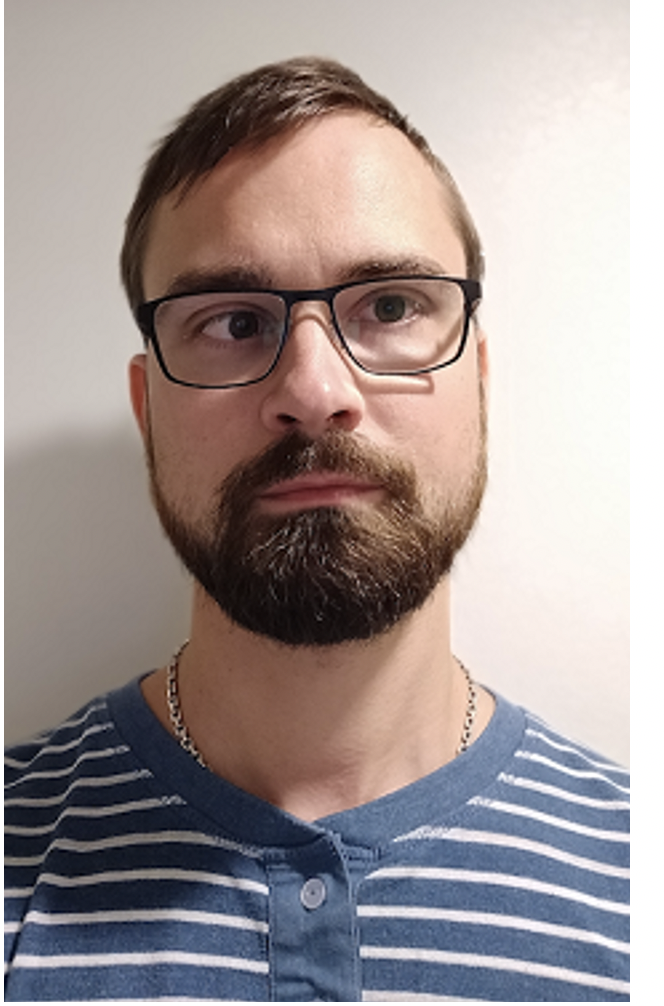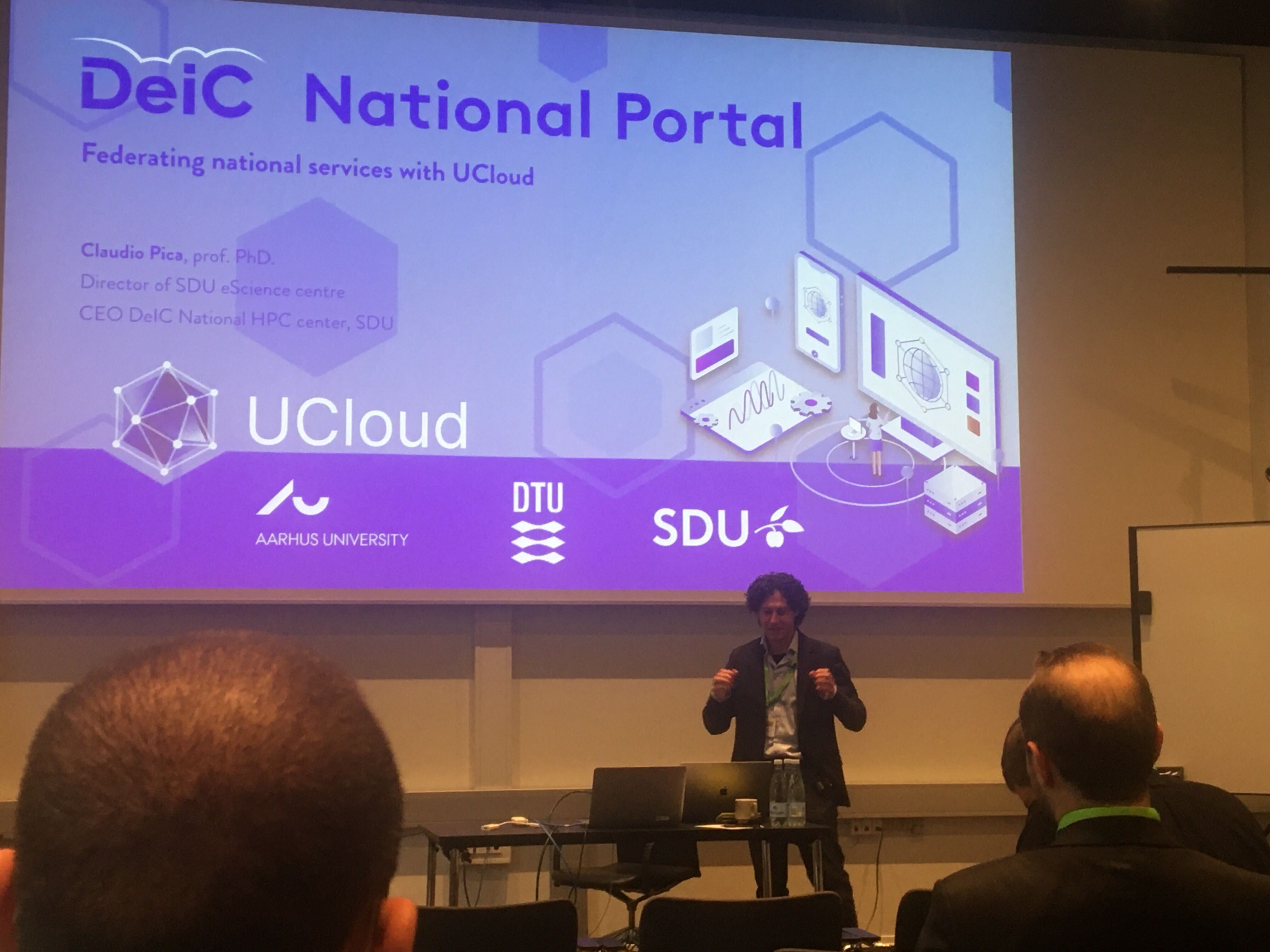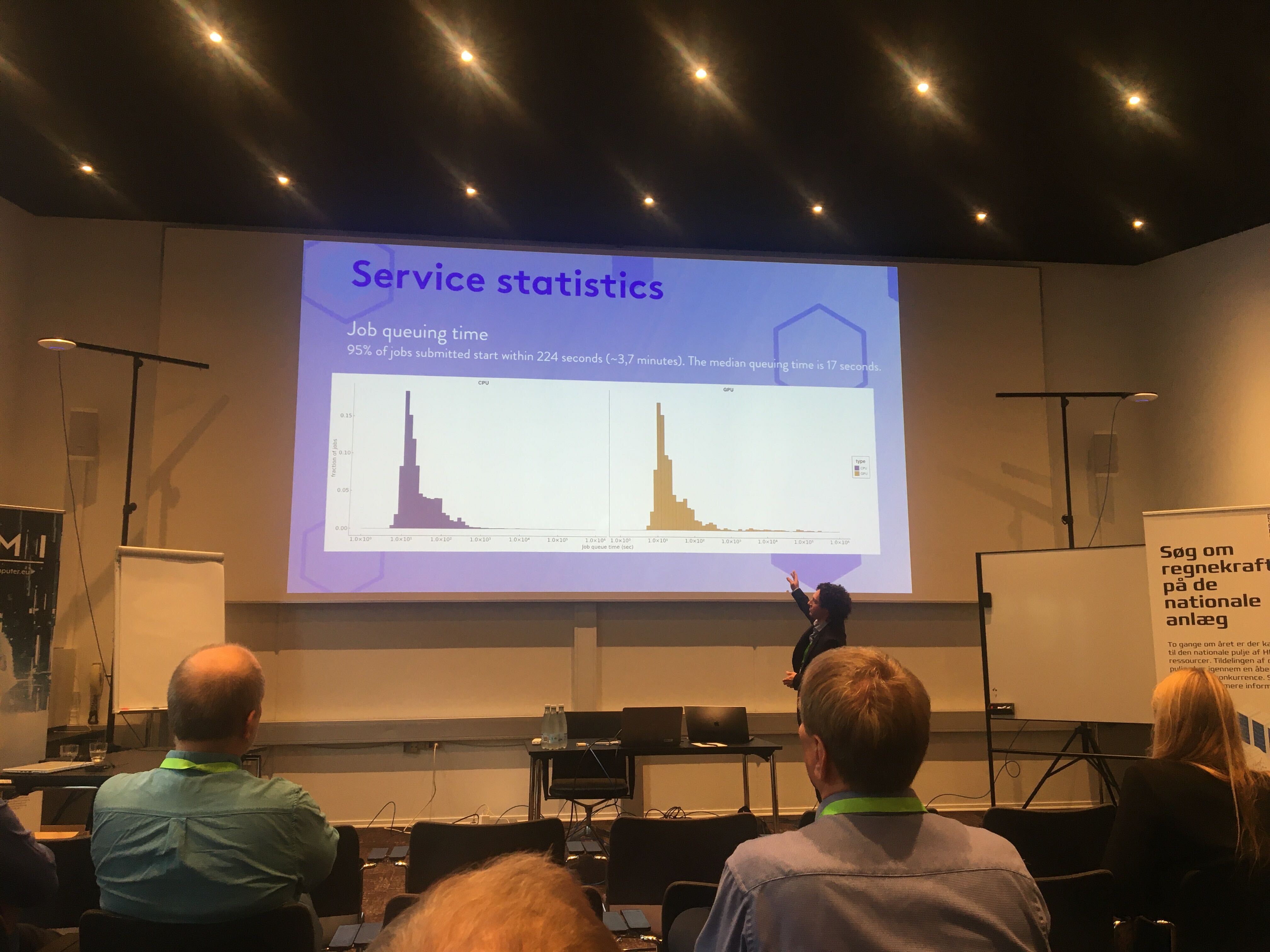This year, the annual DeiC conference took place at Comwell Kolding and the overall topic was ”Alignment and Maturity: Implementing Research Infrastructure Solutions”. Three of the eScience Center’s staff as well as the eScience Center’s director participated and presented the services offered by the eScience Center.
Dan Sebastian Thrane, Team Leader Cloud Services

“This year’s topic at the DeiC conference was “Alignment and Maturity”. To me, this in part means a large focus on standardization efforts. This can hopefully lead to a more unified access into Danish research infrastructure.
At the conference, there were several talks about technology. The talks covered anything from low-level technologies to high-level services. Among them was technologies such as eBPF. eBPF plays a critical role in building infrastructure. Without it, much of the critical software that UCloud depends on simply wouldn’t exist. The DeiC conference provided some great insight into how these underlying technologies work. The conference also had several talks about high-level services. These covered both how the services function but also use-cases. As a service provider ourselves, it is always great to hear the experience of other providers. Especially the better insight from use-cases help us improve our own services.
This year’s conference also gave me a chance to follow the development in both the national and European HPC landscape. From the European perspective, there was a large focus on the Puhuri, LUMI and the EOSC project. At the eScience Center we have, in one way or another, been part of all these projects. On the second day of the conference was a talk about Puhuri. Puhuri is a system for managing projects and resource allocations. It is the primary way of gaining access to LUMI. Recently, we also developed an integration between LUMI and UCloud. This would allow researchers to apply for LUMI resources directly from UCloud. This integration is still not quite ready for production. But we did have a chance to show it off at the DeiC conference in the “DeiC National Portal” talk.
In this talk we, together with our collaborators, presented our solution for the federation of national services. We covered the state of DeiC’s “Project 5”, i.e. the DeiC National Portal. The main goal for this is to deliver a unified portal which grants access to many service providers. The talk had several live demos which showcased our current work. For example, it showed how you can use UCloud to apply and consume for resources at the “Sophia” HPC system at DTU. The user experience with new HPC centers on UCloud will be similar to the one UCloud already provides today, but it will give researchers much more choice. The talk itself had a large focus on the DeiC HPC providers. Yet, at a technical level this project is about federating all kinds of services. This also opens the door to cross-border collaborations, as we demonstrated in the EOSC-Nordic project. Earlier this year we presented a similar demonstrator at the NeIC conference, where we showed how you could use UCloud to access a test Kubernetes cluster in Finland. The new integrations should be available to all UCloud users at the beginning of next year. We will post more information as they become available for use.”
Dr. Martin Lundquist Hansen, Team Leader Research Infrastructure

“This year the DeiC conference featured a variety of talks about HPC, cloud solutions and systems integration, which for me was the most interesting part. Some of the more noteworthy presentations included a proof-of-concept integration between Slurm and VMs deployed in Azure, the new Puhuri resource management portal (primarily used for LUMI) and the possibility of integrating SSH certificates with WAYF. All examples of how system integration has become an important part of the current HPC landscape. As part of the HPC track we had presentations from all three national HPC centers. Personally, I gave the presentation for the DeiC Large Memory HPC system, which is one of the systems operated by the eScience center. This is our machine specialised in workloads requiring large amounts of memory and/or workloads that cannot easily be parallelised across multiple machines. All in all, I was very pleased that all HPC centers were given the opportunity to talk about their respective systems. As always, the conference is also a good place to meet people in the community and form new relations. I had many interesting discussions, both with people I already knew and people I met for the first time.”
Johanne Lyhne Hansen, Center Administrator

“This was the first time I participated in a DeiC conference. It proved to be a great opportunity to learn more about the eScience landscape in Denmark and Europe, hopes and plans for the future as well as meet our collaborators from other universities in person (after hosting many zoom meetings over the past two years!)
For me, the most relevant talks at the conference were related to HPC – in particular the national and international HPC landscape – but I also attended some interesting talks from the data mangement track. Here, I learned more about some of the difficulties that researchers are faced with in an age of ever growing amounts of data: Where and for how long do I store my data? Who will pay and can we find a national solution? How do I store data cost efficiently? How do we make research data more open? Etc.
Lastly, I was of course very impressed by my colleagues presentations at the conference – in particular the demonstration of the results of two years work on the development of the DeiC National Portal.”
Presentations at the conference
Prof. Claudio Pica (SDU), Michael Rasmussen (DTU), and Dan Sebastian Thrane (SDU) presented the results of two years of development on the DeiC National Portal at the conference. During the presentation, the integration of DTU Sophia, DeiC Large Memory HPC (Hippo) and Puhuri with UCloud was demonstrated.
On the second day of the conference, Prof. Claudio Pica provided a status of DeiC Interactive HPC after two years. The service is approaching 5000 users, clearly diversifies the use of HPC across different fields of research by lowering the threshold for non-experts, has proven extremely useful for teaching and is now increasingly used by universities outside of the consortium of universities running the service.
Also on the last day of the conference, Dr. Martin Lundquist Hansen provided a status of the DeiC Large Memory HPC service and shared SDU’s experience with running this type of Large Memory HPC.


















